The Common Goal of Standardized Parts
Most fleet managers are under pressure to reduce maintenance costs, but aside from deferring maintenance altogether, options are limited. However, every fleet faces vehicle replacement. When this occurs, you will have the opportunity to standardize your fleet, which can significantly reduce future operating costs.

But I Can’t Standardize My Fleet!
Many fleets operate under restrictions that may limit their ability to become fully standardized. This is especially true for government fleets and those with a purchasing organization that bases buying decisions solely on lowest cost. Nonetheless, even with these conditions, there are still many opportunities for standardization.
Very few fleets can completely standardize their operations. The ideal standardized fleet would be composed almost exclusively of a limited number of vehicle types, all purchased from the same OEM. Since the opportunity to build such a uniform fleet is a rare occurrence, a fleet manager should ask the following question: “What can I do to standardize in my specific situation?”
Standardization Opportunities
Limit the makeup of your fleet to as few OEMs as possible and as few models from each OEM as possible. Since this is easier said than done, you may have to look harder for other standardization opportunities, which will likely be found in specific chassis components. For example:
- When purchasing medium- and heavy-duty trucks, specify common components such as air compressors, brake slack adjusters, alternators and bypass oil filters. In addition, you may be able to standardize on foundation component manufacturers, such as engines, transmissions and axles.
- When specifying truck bodies, standardize a single manufacturer and for all of your lighting components. Also, minimize the number of different part numbers used. Even if the selected supplier changes its lighting components, the company will likely keep the same mounting systems and wiring connectors so that you can upgrade your lighting and still maintain standardization.
- Identify all of the accessory components you use such as generators, under-deck air compressors, snow and ice control equipment, welders, specialty hydraulic control systems, winches and more. Standardize on a single manufacturer for each type of component, even if you are purchasing multiple models.
- Standardize your shop tools and test equipment.
How Does Standardization Save Money?
A key benefit of standardization is reduced maintenance parts inventory costs. However, there are more opportunities in other areas, as follows.
- Reduced technician training costs — As truck systems become more sophisticated, the need for training increases. Even with multiple models, as long as you are dealing with a single vendor, chances are good that many of the various component models will use the same basic technology. In addition, if you have standardized on a single supplier, the company will likely provide free or discounted training. Also, fewer systems mean less unproductive training time for your mechanics.
- Reduced costs for test equipment — Fewer different systems may reduce your diagnostic hardware and/or software purchasing needs.
- Faster failure diagnosis — No system or component is perfect, so failures are inevitable. If you standardize a specific system, your mechanic may be able to identify the problem just by reading the operator’s trouble ticket or performing a quick hands-on test. This drastically reduces diagnostic time and increases your shop’s productivity.
- Faster repair times following diagnosis — Again, as your mechanics become more familiar with your equipment, repair times decrease. Increased productivity resulting from equipment familiarity is one of the biggest sources of savings associated with vehicle standardization.
- Lower component and repair parts acquisition costs — Standardization means higher volumes for both new component purchasing and for repair parts. If your fleet is large enough, you may be able to negotiate special pricing from the component supplier. You can then either purchase the components yourself and consign them to an upfitter when purchasing new trucks or specify that the upfitter use your special pricing and pass the savings on to you. On the repair parts side, larger volumes give you greater leverage in negotiating contract prices for parts with your suppliers.
- Accident reduction — Don’t forget that as you standardize your equipment, your mechanics and end-users will no longer need to switch between various makes and models of vehicles and/or equipment on a daily basis. This increased familiarity can result in significant reductions in on-the-job accidents.
- Do your homework — The downside of standardization is that if you make a poor product selection, you may have a big problem. Be sure to review your maintenance records and talk with your mechanics before making a component selection. In the case of end-user components, make sure your customers are satisfied with your tentative selections. Regarding specialty components, verify the financial health of the tentative supplier. You don’t want to end up with a fleet of orphan equipment because the supplier has gone out of business.
- Selling the Idea — In many cases, fleet managers will likely have to sell the idea of pursuing a standardization strategy to other groups (i.e., purchasing departments and, in the case of government fleets, political oversight boards). Before approaching these groups, develop a detailed plan that maintains the maximum level of competitiveness while at the same time provides your fleet with a viable financial benefit. Every fleet and situation will be different, so take your time and build your case first. If properly approached, standardization is a battle you can win.
Bob Johnson is the fleet relations director for the National Truck Equipment Association (NTEA), based in Farmington Hills, Mich. For more information, contact Bob at bobj@ntea.com on how the NTEA can benefit your company.
SCR and CARB
Navistar Continues Its Crusade Against California and Selective Catalytic Reduction
By Keith Gribbins
Navistar has always blazed its own trail, tracing its manufacturing roots back to 1831, when Cyrus McCormick invented the reaping machine. Today, the company is one of the biggest makers and OEMs of diesel engines for trucks (as well as the maker of truck brands like Workhorse and International). It’s also one of the biggest voices confronting upcoming on-highway EPA emission regulations, which it feels are often unfair.
In April, Navistar withdrew its lawsuit filed against the California Air Resources Board (CARB), noting that it was improperly certifying 2010 diesel engines equipped with an after-treatment system called selective catalytic reduction (SCR) that is used to control emissions of oxides of nitrogen, a popular competing technology to Navistar’s exhaust gas recirculation system (EGR).
But Navistar International Corp. took up the fight again in July announcing that the U.S. Environmental Protection Agency (EPA) and CARB presented preliminary proposals aimed at the compliance loopholes found in current 2010 liquid-based SCR systems.
“Navistar first identified these loopholes to the agencies and also presented our concerns at today’s workshop,” said Jack Allen, president of Navistar’s North American truck group. “We will be working with the EPA and CARB to ensure full environmental compliance.”
At a joint CARB and EPA workshop in July, Navistar’s concerns about environmental compliance were backed up by independent test findings that show new commercial vehicles that must contain liquid urea to meet federal NOx emissions standards continue to operate effectively when urea is not present. At such times, Navistar said, the vehicles throw off levels of NOx as much as 10 times higher or more than when urea is present.
The research was conducted by EnSIGHT, an independent environmental consulting firm, using two long-haul vehicles and one heavy-duty pickup, all of which use SCR technology that relies on liquid urea to clean up NOx emissions after they leave the engine. EnSIGHT’s research showed that when liquid urea was not present, there was little or no effect on the vehicles’ operations. This included long periods of time when the vehicles’ urea tanks were empty or were refilled with water instead of urea. One truck tested appears to operate indefinitely with water and as a result without any functioning SCR NOx control. That truck has accumulated more than 13,000 miles with its SCR NOx emission control turned off.
Navistar, which commissioned EnSIGHT’s work, joined two prominent environmental groups, the Coalition for Clean Air and Environment Now, in calling on the EPA and CARB to eliminate the loopholes and the resulting excessive NOx emissions.
“Truck owners are paying a substantial price to comply with 2010 NOx requirements,” said Allen. “They, and the public, deserve to know that the new equipment they are purchasing actually works as promised to curb pollution. It’s obvious, however, that these trucks can operate effectively without liquid urea, and that under these and other conditions, SCR NOx emission control is turned off. We’re calling on the EPA and CARB to assure that all vehicles, not just ours, work when they are supposed to be working.”
It should be noted that Navistar’s decision to use exhaust gas recirculation or EGR technology is fairly unique. This technology (popular in the equipment industry, but not in on-highway applications) involves refining current engine technology to meeting EPA Tier emission standards, providing an in-cylinder solution involving systems like advanced fuel injection, air management, electronic controls and proprietary combustion technology. Continuing on its path to meet the latest emissions requirements through its Advanced EGR MaxxForce engines, Navistar is convinced that it has the only no-hassle, business-as-usual solution that will deliver lower total operating costs for customers. That technology of course competes with the SCR technology mentioned above.
American Ride
Ford Trucks and Toby Keith Launch American Ride Sweepstakes
Ford Trucks and singer Toby Keith are looking to give one winner the ride of a lifetime. The Built Ford Tough American Ride Sweepstakes will award at random a new 2011 Ford F-Series and a weekend on tour with Keith himself. The winner and three friends will experience life on the road with Keith, complete with their own tour bus and backstage access.
“Once again, Ford Trucks is bringing our shows to a whole new level this summer and we want you to know what it’s like to be on the road with us,” said Keith. “We are going to rock your world and give you a weekend you will never forget.”
The registration period is now open at www.FordAmericanRide.com where contractors will have a chance to submit entries until March 31, 2011.
“We are proud to once again partner with Toby Keith on his American Ride Tour and to have the opportunity to award one lucky winner the chance of a lifetime that only Ford Trucks and Toby Keith can offer,” said Kevin Schebil, Ford Motor Co. “We are looking forward to giving one lucky person the experience of being on tour with Toby Keith and keys to the ultimate American Ride — a Ford F-Series.”
The campaign is in conjunction with Keith’s nationwide concert tour, Toby Keith’s American Ride Tour presented by Ford F-Series. The tour began June 19 in Holmdel, N.J., with stops in Boston, Chicago, Dallas, Washington, D.C., Philadelphia and many more. Keith will be joined on the American Ride Tour by hit-maker Trace Adkins.
During the American Ride Tour, fans can experience one of the summer’s hottest tailgate parties with the American Ride Karaoke Truck. Built on the all-new 2011 Ford Super Duty, this eye-catching display allows fans to sing their favorite Keith song on a professional sound system from the bed of the truck. Fans are eligible to win Ford and Toby Keith giveaways and can also register for the Built Ford Tough American Ride Sweepstakes at the display. For more information on Toby Keith’s American Ride Tour and a complete tour schedule, visit www.tobykeith.com.

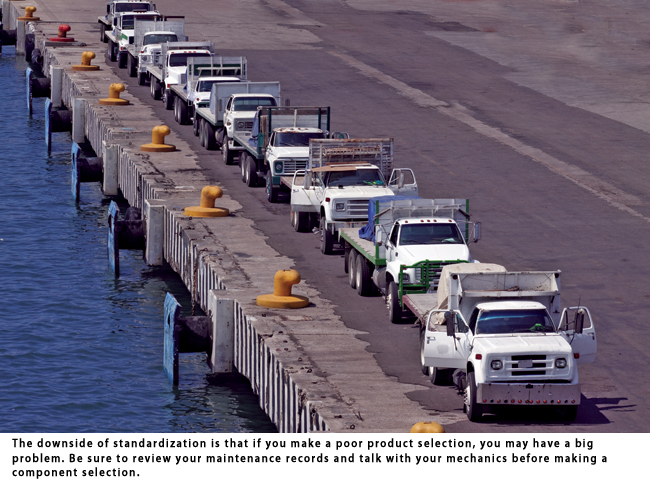
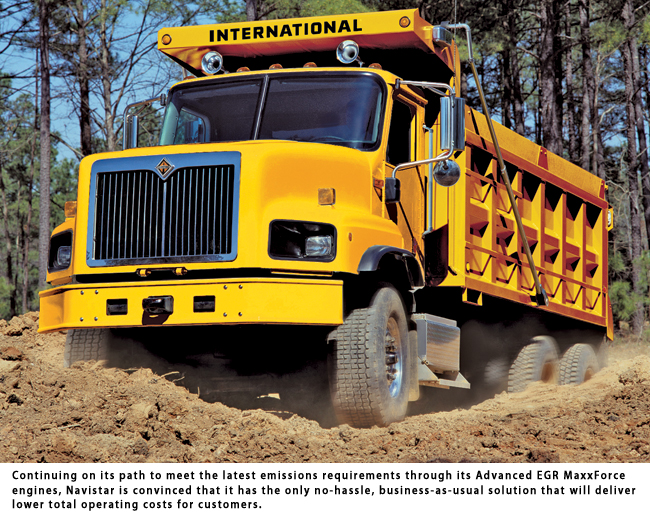
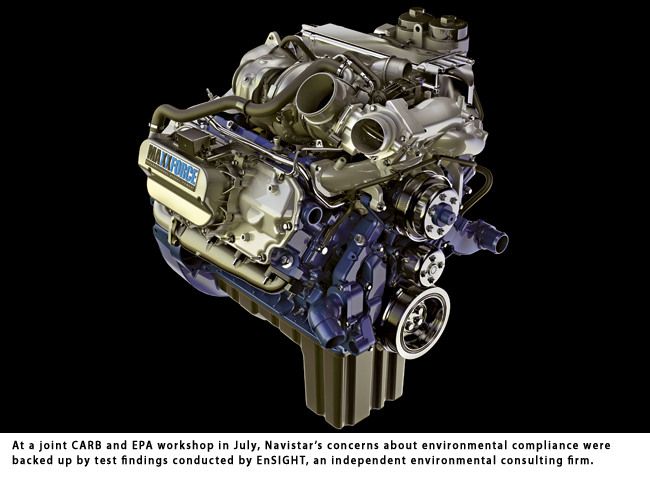
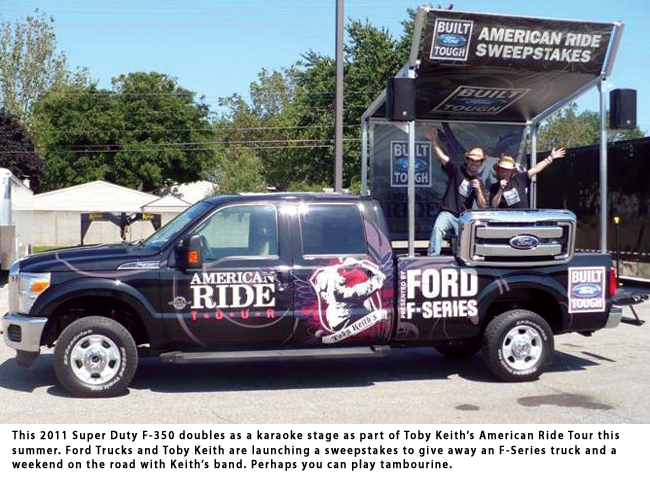
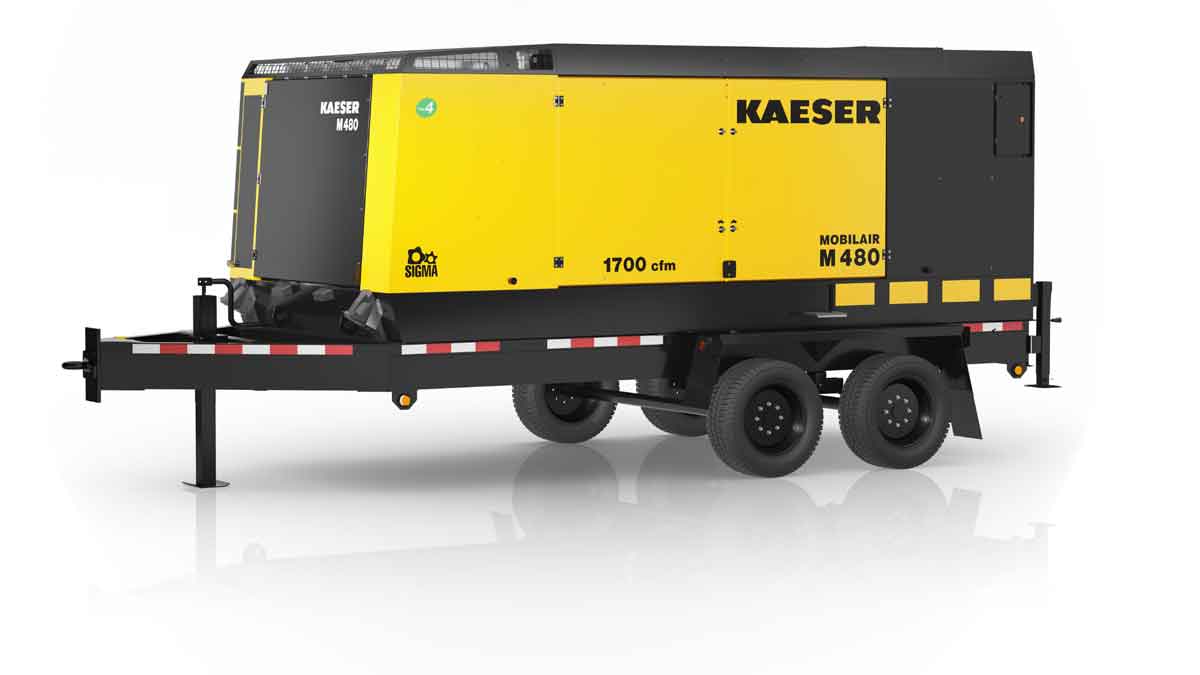



Comments are closed here.